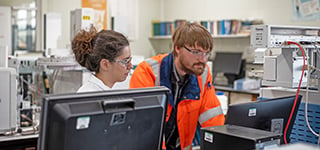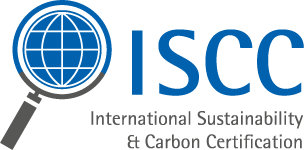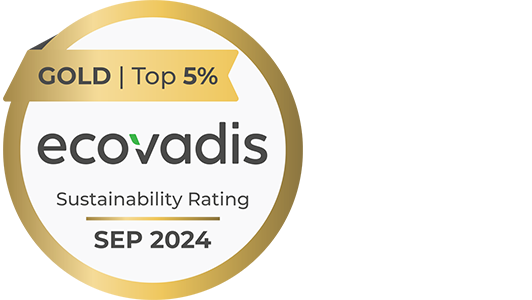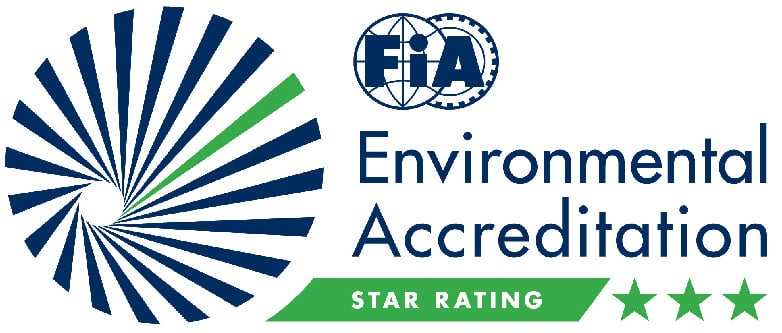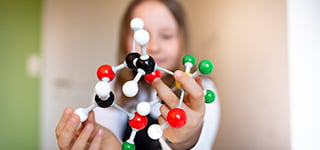
CO2 emission
reduction
Together for lower greenhouse gas emissions.
At Haltermann Carless we are committed to driving a sustainability mind-set throughout the company, encompassing products and processes alongside the promotion and adoption of new technologies.
With our goal to become Net Zero in 2045 we have set out ambitious targets to reduce our CO2 emissions whilst continuing to create value and opportunity for our customers.
Reducing GHG emissions
Our levers
/plant_seeding_growing_iStock_2000x1000px_ohne_copyright-lovelyday_121094263056_1100x620px_201217.jpg?width=300&name=plant_seeding_growing_iStock_2000x1000px_ohne_copyright-lovelyday_121094263056_1100x620px_201217.jpg)
We use biogenic and renewable raw materials to offer our customers sustainable products and thus a substitute to fossil-based materials.
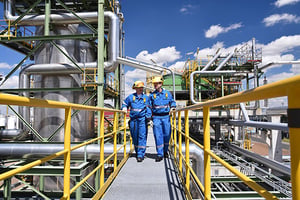
We invest in infrastructure, processes and digitalisation to enable the most efficient way of our operations.
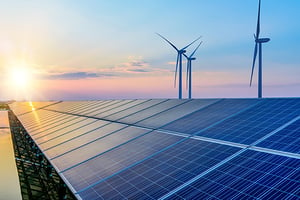
The electricity for our main production sites in Europe is generated from certified renewable sources.
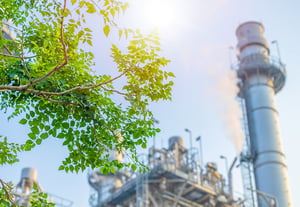
Supporting our customers with sustainable product solutions
As a specialist in high-value hydrocarbons, Haltermann Carless is developing a broad range of product solutions which enable our customers to reduce their greenhouse gas (GHG) emissions. Based on biogenic and renewable components our sustainable products are ideally suited to replace current fossil products - and in many applications and cases without any amendment of existing processes, so called drop-in solutions. We offer products that can be 100% biogenic in origin, recycled or supplied via a mass balance approach .
We have strategic initiatives and targets in place to significantly increase our renewable portfolio over the coming years. In 2030 we target to generate 50% of our total gross profit from sustainable products. This will offer our customers a broad range of alternatives to fossil-based products and help to reduce GHG emissions across product life cycles.

Reducing the impact of our operations
While we support our customers with sustainable solutions to reduce their carbon footprint, we are also committed to reducing the greenhouse gas (GHG) emissions from our own operations and our entire value chain. The most efficient way to reduce emissions is to use less energy at our sites and therefore this is a focal point of our efforts.
According to the leading GHG Protocol corporate standard, greenhouse gas emissions are classified into three scopes. At Haltermann Carless we have set time bound targets for the reduction of our Scope 1 & 2 emissions and have put a plan in place to measure and then ultimately reduce our Scope 3 emissions.

These measures have been implemented
- Data gathering systems put in place to collect accurate data enabling a baseline to be set.
- Data gathering methodology harmonised for all production and administration sites.
- Performance Indicators established to track progress against targets set.
- Several active measures taken to reduce GHG emissions.

This is how
we reduce our CO2 footprint
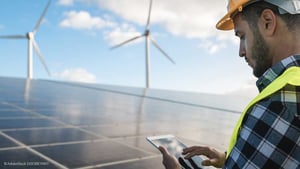
In 2021 we have moved all our production sites in Germany and the UK to certified electricity provided from renewable sources. This energy transition reduces our Scope 2 carbon emissions (CO2) at the sites to near zero saving around 8,000mt of emissions per year and marks a significant step in our ambition to progressively de-fossilise our operations.

At all production sites, we have established Energy Management teams. They are responsible for developing action plans to reduce heat loss and improve heat retention and recovery across the site – for example by installing improved insulation or heat pumps. Projects are managed and monitored under our internal improvement programmes.
/040322Haltermannkl_076_2000x1000px.jpg?width=300&name=040322Haltermannkl_076_2000x1000px.jpg)
We are currently evaluating alternative energy sources for our business operations and are looking at various options such as lower-emission biofuels, biogas, on-site solar and wind energy or hydrogen. Investigations for medium-term implementation are underway.





